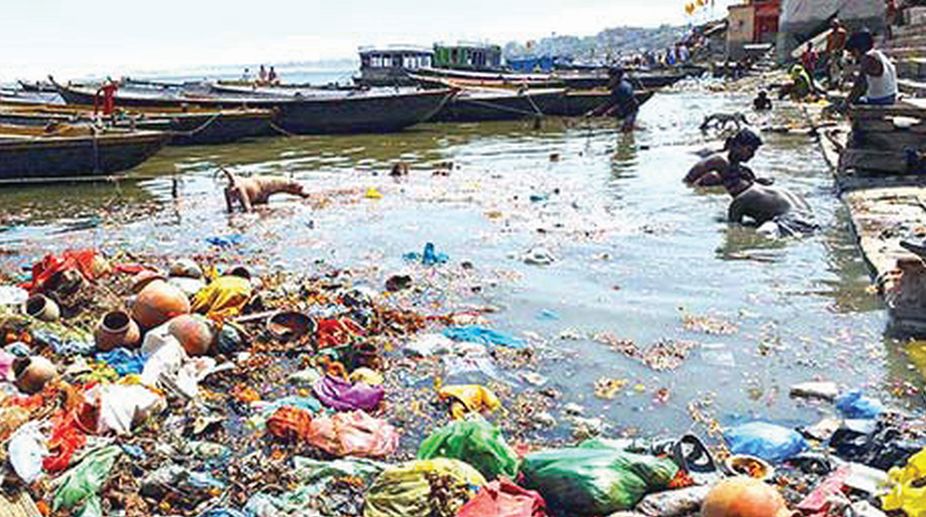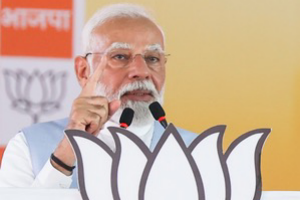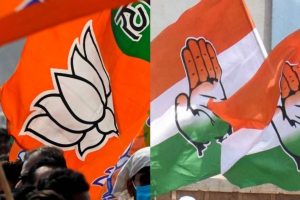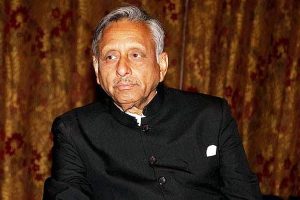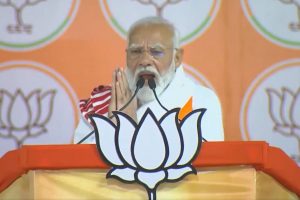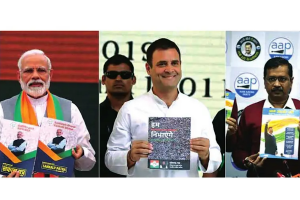Controlling pollution is one of the most widely discussed topics in our country with verbosity being inversely proportional to the actual work done. We are still not alive to the evil consequences of pollution even when the pristine white Taj Mahal has turned brown; Ganga and Yamuna, the eternal rivers, have become overfed drains; and clean air has become a sweet memory.
WHO has listed fourteen Indian cities, including Delhi, as the most polluted cities in the world, in terms of air quality. So far, the damning WHO report has elicited no outrage or even an official response.
It appears that somehow, we have rationalised pollution as a necessary concomitant of progress despite the fact that unlike India, the cities and countryside of all developed countries are spotlessly clean.
Delhi’s sixth rank in the list of most polluted cities indicates that something is seriously wrong with our efforts to control pollution because in addition to being our capital city, Delhi is the headquarters of a multitude of pollution control agencies as also the National Green Tribunal.
Around Diwali last year, extremely poor air quality brought life to a standstill in North India. The crisis took up a lot of media space and prompted a slanging match between various State Governments and the Central Government but once rain washed away the polluted air, even the histrionics subsided.
It was not a one-off incident; every Diwali, a similar situation arises, with the intensity of pollution rising year by year. Incidentally, despite such all-pervading pollution Delhi has been listed as one of India’s cleanest cities on the Swachch Bharat website.
Unfortunately, the Government is yet to articulate a holistic approach to tackle pollution. We have a Ministry of Environment, Forest and Climate Change which has pollution control as one of its many objectives. The Swachch Bharat Abhiyan, a successor to Total Sanitation Campaign (1999) and Nirmal Bharat Abhiyan (2012), focuses almost exclusively on eliminating open defecation.
The Swachch Bharat Abhiyan contains two sub-missions ~ Swachh Bharat Abhiyan (gramin or rural), which operates under the Ministry of Drinking Water and Sanitation; and Swachh Bharat Abhiyan (urban), which operates under the Ministry of Housing and Urban Affairs.
With such diffused control, it is not surprising that there is no focus in the effort to fight pollution. For example, the Swachch Bharat Abhiyan aims to make our country Open-Defecation Free (ODF) by 2 October 2019, by constructing 90 million toilets in rural India at a projected cost of Rs 1.96 lakh crore but some basic issues like lack of piped water supply in villages or the method of waste disposal has not been tackled satisfactorily.
Instances abound where toilets constructed with Government subsidy lie unused because of lack of water or are being used for other purposes. Things would have been different if chemical toilets had been promoted in areas with water shortage and all toilets had a facility for composting of waste. Also, doubts arise about the success of Swachch Bharat Abhiyan because success is evaluated on the basis of self-certification.
One reason for the large-scale riverine pollution in India is the unregulated proliferation of polluting industries like tanneries, dye manufacturers and chemicals which dump their harmful effluents directly into rivers. Municipal corporations are not far behind in spreading pollution; they also release untreated sewage water directly into the nearest river.
For example, Delhi produces more than 2,000 million litres per day (MLD) of sewage but Delhi Jal Board collects and treats only about half the total sewage generated in Delhi with 15 out of 32 sewage treatment plants working below their capacities. The 22 km stretch of the Yamuna River in Delhi is one of the dirtiest in the country. Delhi constitutes only two percent of the catchment area of the Yamuna but is responsible for 80 percent of its pollution.
According to the Central Pollution Control Board, Yamuna water in Delhi is fit only for recreation and industrial cooling. More than Rs 6,500 crore have been spent to clean the Yamuna in the last twenty years, but the river is still clogged with water hyacinth and boasts of no marine life.
The story of the Ganga is worse. The holy river, which provides water to about 50 crore people in 11 states, is now the fifth-most polluted river in the world with stretches of over six hundred kilometres being ecologically dead zones.
Even the British had recognised that the uninterrupted flow of the Ganga was a basic right of Indians and had signed the Ganges Agreement on 19 December 1916, the ‘Aviral Ganga Samjhauta Divas’.
Unfortunately, the sanctity of the Ganges Agreement has been violated by our own governments which have diverted more and more river water for irrigation and other uses thereby turning the Ganga into a polluted sewer.
It is not that no efforts have been made to clean the Ganga. The Ganga Action Plan (GAP) was launched by Rajiv Gandhi on 14 January 1986 with the objective of improving the water quality of the Ganga by interception, diversion and treatment of domestic sewage and by preventing toxic and industrial chemical wastes from entering the river.
Subsequently, the Namami Gange project was announced by the present government in the 2014 budget. An estimated Rs 2,958 crore have been spent till July 2016 on this project with little to show on the ground.
Namami Gange project has a budget outlay of Rs. 20,000 crore for the next five years which is in addition to approximately Rs. 4000 crore spent on this task between 1985 and 2014.
Despite spending such humongous amounts, our failure to control pollution shows that something is definitely lacking in our approach and execution. For one, despite deterrent provisions in various environment protection laws, the Government believes more in sermonising than catching and punishing wrongdoers.
We can start by undertaking a pollution audit of all industrial units and taking action under the Environment Protection Act, 1986/Air (Prevention and Control of Pollution) Act, 1981/ Water (Prevention and Control of Pollution) Act, 1974 against the erring units.
Simultaneously, polluting industries have to be grouped and waste treatment plants (both for liquids and solids) have to be made mandatory for each group.
Also, the Government has to eschew its tendency of allowing all kinds of ecologically harmful projects to come up after imposing conditions which are routinely violated. This is often done to lure MNCs, which are relocating polluting industries to India from more developed and ecologically conscious countries.
One of the most visible sources of air pollution are the 500-odd coal-based power plants which produce 194 gigawatts of our total power production of 392 gigawatts.
All such plants were required to install Electrostatic Precipitators (ESPs) to control particulate matter (PM), Flue Gas Desulphurisation (FGT) for sulphur oxides and modify burners for lowering nitrogen oxide emissions, but most plants have not installed these technologies so far.
This is the reason why more than 60 per cent units of coal-based power plants have not achieved the emission norms notified by the Union Environment Ministry. We can reduce air pollution significantly by replacing coal-based power plants with solar power units which are both pollution-free and cheaper.
We have to stop the discharge of untreated sewage and industrial effluents directly into the nearest river. As of now, despite the various river-cleaning projects, there are hardly any industrial effluent treatment plants and no city has sufficient sewage treatment capacity. We can tackle riverine pollution in another way also.
Considering that insufficient flow of water is the main reason for collection of pollutants, stagnation of water and propagation of pernicious weeds (like the water hyacinth), the water flow in our rivers needs to be augmented.
The first step in this direction could be the review of the more than 3200 dams on our rivers. Most of the dams were constructed to provide electricity and water for irrigation but with time these dams have silted up and their energy generation capacity has gone down considerably.
On the other hand, easy availability of water has changed cropping patterns in dam areas, increasing the water requirement to unsustainable levels. For example, after the advent of Narmada water, places with pastoral economies like the Saurashtra region in Gujarat have turned to wheat farming.
We have to prevent an impending ecological crisis by restricting the use of water, preferably by making our agriculture micro-irrigation based. After a review, some dams could be dismantled to restore water in the dammed rivers to a reasonable level, a step which would reduce pollution substantially. We can have cleaner cities only if all of us develop better civic sense.
The writer is a retired Principal Chief Commissioner of Income-Tax

